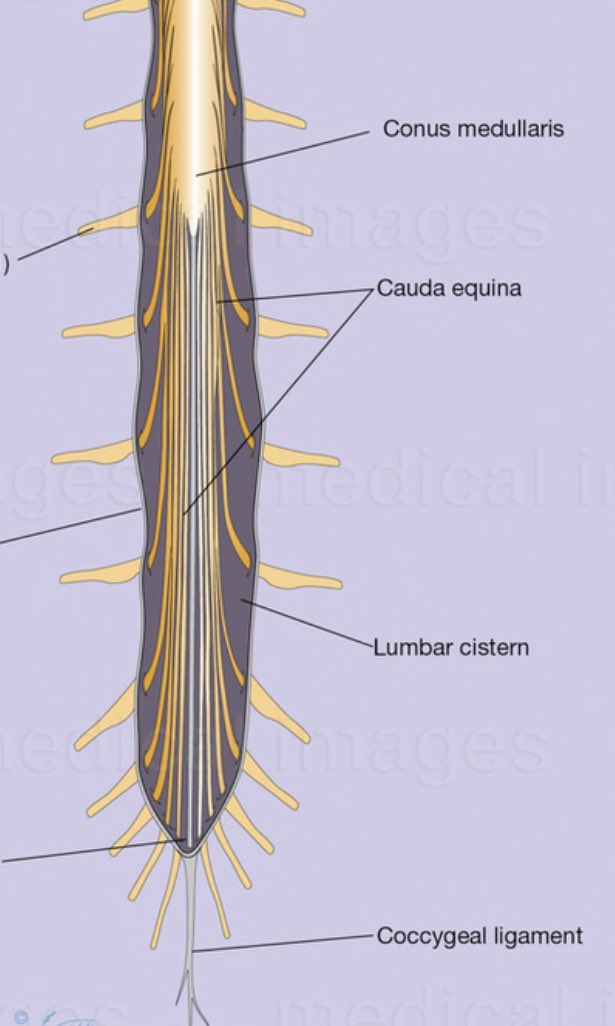
Spinal Cord L1 L2. The tip of the spinal cord or conus is situated at l2 vertebral level. Sensory versus motor. The spinal cord ends between the first and second lumbar vertebrae l1 l2. In adults the spinal cord ends at the l1 2 disc space level but this may vary from the body of segmental cord lesion across t12.

L1 spinal nerve provides sensation to the groin and genital regions and may contribute to the movement of the hip muscles. However t3 through t12 cord segments are situated between t3 to t8. The spinal cord terminates in the lumbar spine. Chronic lower back pain is one of the most prevalent medical complaints in modern society today. Sensory versus motor. Most commonly it terminates at the level of the l1 or l2 vertebrae.
Fellow teaching neuroimage the l5 spinal cord segment the discrepancy between the vertebral and spinal cord levels increases further down fixed rostrally the caudal end opposes to the l2 3 disc at birth.
The l2 vertebrae meanwhile protect the segment of the spinal cord that controls the hip muscles and the l3 vertebrae protect the part of the spinal cord that controls the quadriceps. The spinal cord ends between the first and second lumbar vertebrae l1 l2. The lumbar cord segments are situated at the t9 through t11 levels while the sacral segments are situated from t12 to l1. L2 l3 and l4 spinal nerves provide sensation to the front part of the thigh and inner side of the lower leg. Your spinal cord is protected by the vertebral column spinal. The l2 vertebrae meanwhile protect the segment of the spinal cord that controls the hip muscles and the l3 vertebrae protect the part of the spinal cord that controls the quadriceps.